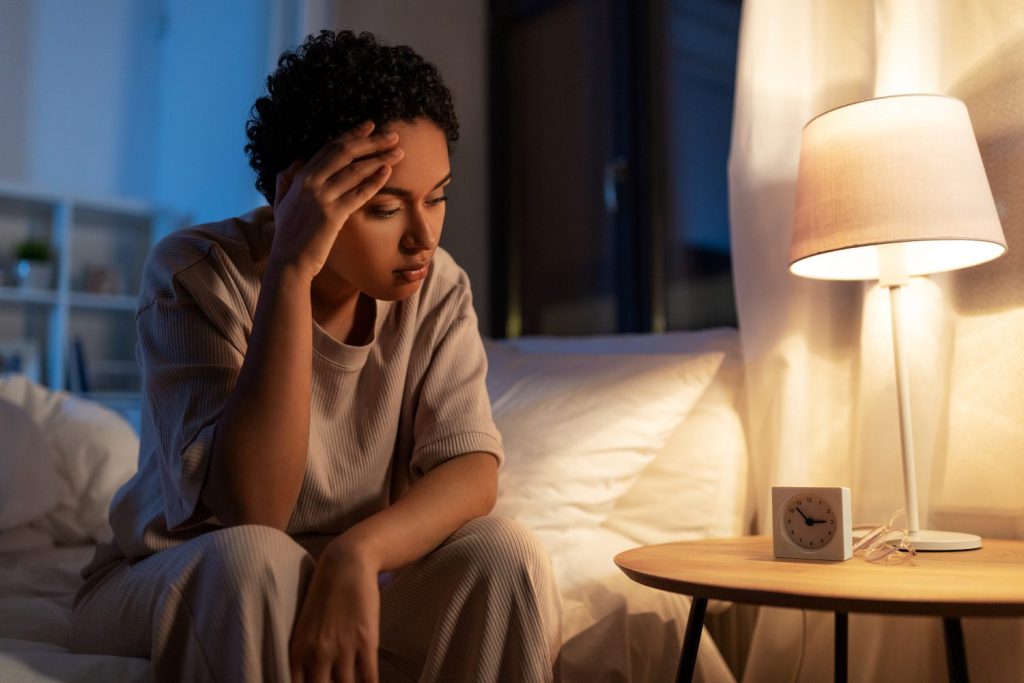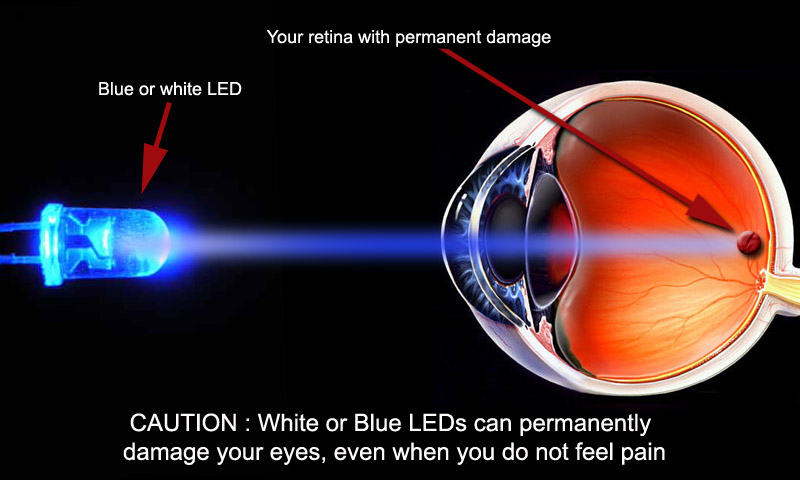The advent of LED (Light Emitting Diode) technology has revolutionized the way we light up our homes and workspaces. From being more energy-efficient to having longer lifespans, LED lights seem to have taken the front seat when it comes to lighting options. However, there’s an increasing concern about their potential harm to human health. Let’s dive into this topic and address some of the most frequently asked questions.
Is it bad to have LED lights in your room?

The question of whether it’s bad to have LED lights in your room isn’t black and white. LED lights, especially those that emit blue light, can have an impact on your sleep patterns. Blue light emitted by LEDs has been linked to the suppression of melatonin, a hormone that regulates sleep. Exposure to this light, particularly before bedtime, can disrupt your circadian rhythm, leading to issues like insomnia and poor sleep quality.
That being said, not all LED lights are created equal. Some LED lights are designed to emit less blue light, and these can be a healthier choice for bedroom lighting.
How do LED lights affect the human body?

LED lights can have several effects on the human body, primarily due to the blue light they emit. As mentioned earlier, this light can interfere with your sleep cycle. But that’s not all. Long-term exposure to blue light can also contribute to digital eye strain and may potentially damage retinal cells, leading to vision problems.
It has been suggested by some studies that a link might exist between prolonged exposure to LED light and various health issues, such as obesity, depression, and even certain types of cancer. Nevertheless, a comprehensive understanding of these potential risks necessitates further research.
Are LED lights safe for human eyes?

The safety of LED lights for human eyes is a topic of much debate. While LED lights are not inherently harmful and do not emit UV or infrared radiation, it’s the blue light component that raises concerns.
Blue light has higher energy frequencies that can cause digital eye strain, leading to discomfort, dryness, and fatigue. In extreme cases, prolonged exposure can potentially cause damage to the retina, although this is a topic that still requires further study.
It’s advisable to minimize direct exposure to LED lights, especially from close distances, and take regular breaks when using LED-lit screens to reduce the risk of eye strain.

What are the negatives of LED lights?
LED lights have numerous benefits, but they also come with some drawbacks. Here are a few:
- Potential for Blue Light Hazard: As discussed, the blue light emitted by LEDs can disrupt sleep and potentially harm vision.
- Light Pollution: LED lights, particularly white LEDs, contribute to light pollution because they emit more short wavelength light. This increases the brightness of the night sky and interferes with astronomical observations.
- Disposal Issues: While LEDs do have a longer lifespan compared to traditional lighting, they eventually fail and must be disposed of. Some LEDs contain small amounts of heavy metals, which can be harmful to the environment if not disposed of properly.
While LED lights are efficient and cost-effective, it’s essential to be aware of the potential drawbacks related to health and the environment. As consumers, we can make informed choices about the type of LEDs we use and how we use them, keeping our exposure to potential risks in check. This goes along with all products sold to us.
It’s crucial that we improve our diligence in investigating the products we utilize, as this enables us to safeguard our own health and that of our loved ones. For more health topic’s like this, subscribe to our email list at Right Celebrity.